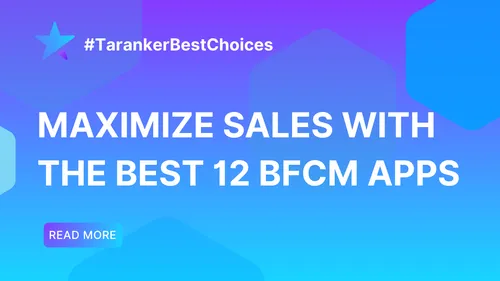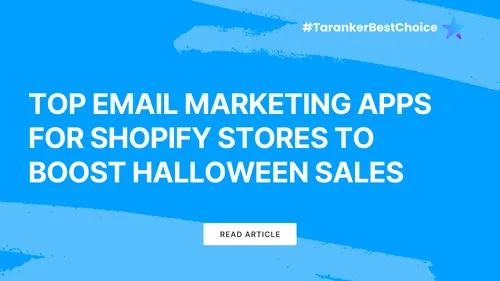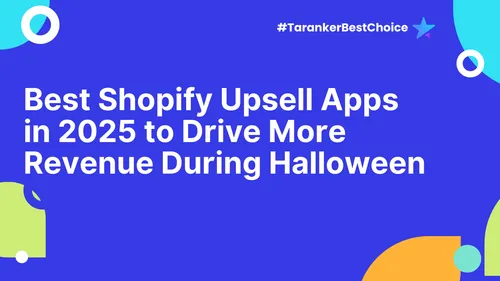Introduction
In the fast-paced world of e-commerce, where speed, accuracy, and efficiency are critical, automation has emerged as a game-changer—especially when it comes to shipping and fulfillment. For Shopify merchants, manually managing orders, tracking shipments, or processing returns can be both time-consuming and prone to error. That’s where automation comes in.
By automating your shipping and fulfillment workflows, you can streamline your operations, reduce human error, save time, and most importantly, deliver a smoother customer experience. Whether you're shipping 10 or 10,000 orders a month, automation tools help you scale effectively without adding unnecessary overhead.
In this blog post, we’ll explore: ✔ What shipping and fulfillment automation means
✔ Benefits of automating logistics for Shopify merchants
✔ Key areas of your fulfillment process that can be automated
✔ Top apps and tools to help you implement automation
✔ Best practices for setting up automation that grows with your business
1. What Is Shipping and Fulfillment Automation?
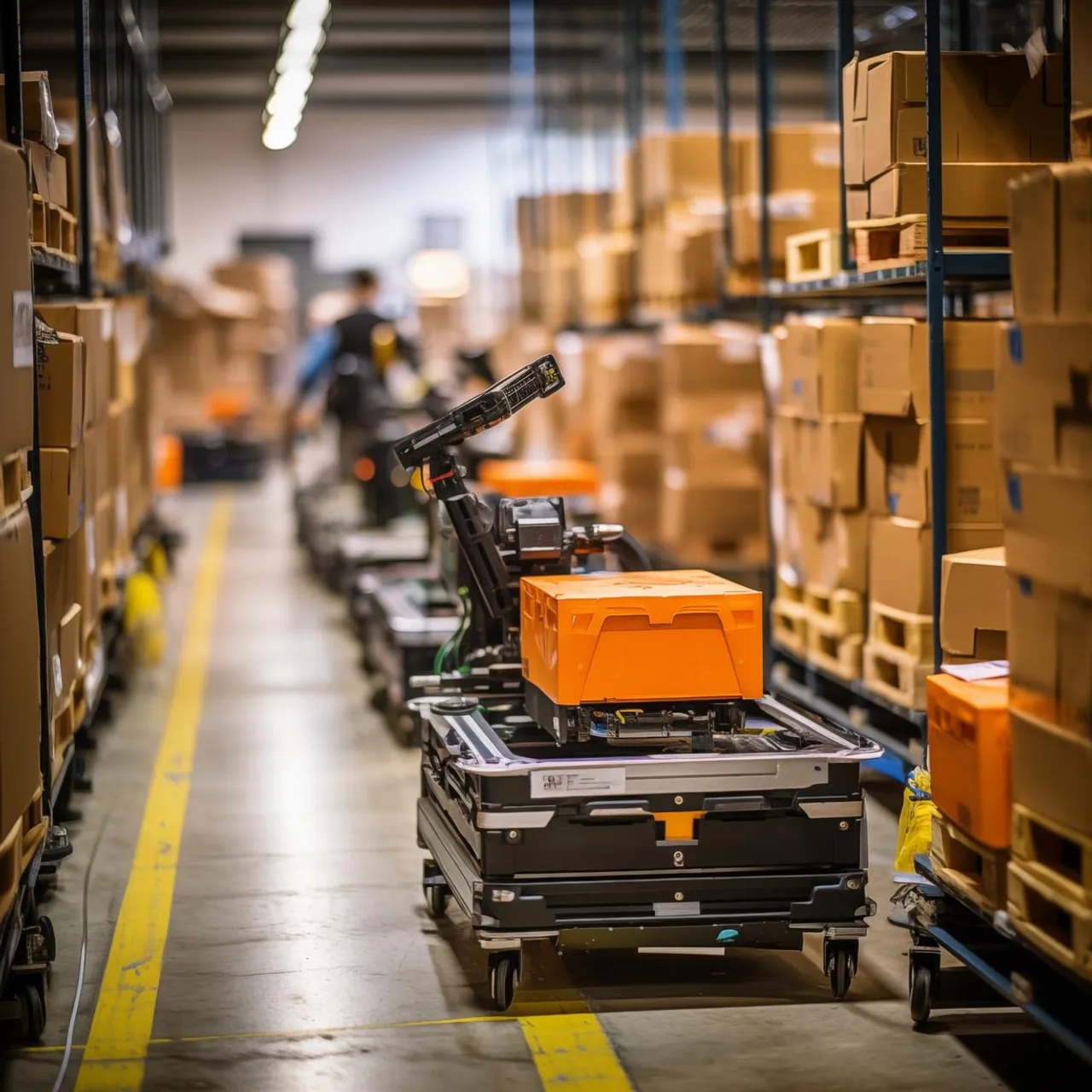
Shipping and fulfillment automation refers to the use of software, rules, and workflows that automatically manage the steps involved in fulfilling customer orders. This includes everything from order confirmation and label printing to inventory syncing and tracking updates.
Instead of manually processing orders, updating stock levels, and printing shipping labels, Shopify merchants can use apps and third-party tools that handle these tasks automatically, saving hours of manual work.
2. Why Automate Your Shopify Shipping and Fulfillment?
a) Save Time and Reduce Manual Labor

For growing Shopify stores, processing dozens or hundreds of daily orders manually becomes a bottleneck. Automation enables you to: ✔ Fulfill orders in bulk
✔ Print shipping labels in a single click
✔ Automatically update order statuses
✔ Send real-time tracking emails to customers
📌 Tip: Use batch-processing features in apps like ShipStation or Shopify Shipping to handle large volumes efficiently.
b) Minimize Errors and Improve Accuracy

Manual order fulfillment increases the risk of: ❌ Sending incorrect items
❌ Mistyped shipping addresses
❌ Overlooking order notes or customizations
Automation ensures that customer orders are processed exactly as specified, reducing costly mistakes and customer service issues.
c) Improve Delivery Speed and Customer Satisfaction

When your fulfillment process is automated, orders are processed and dispatched faster. This leads to: ✔ Shorter delivery windows
✔ More reliable tracking
✔ Happier customers
📌 Stat: Studies show that customers who receive their orders quickly are more likely to return and leave positive reviews.
d) Scale Operations Seamlessly
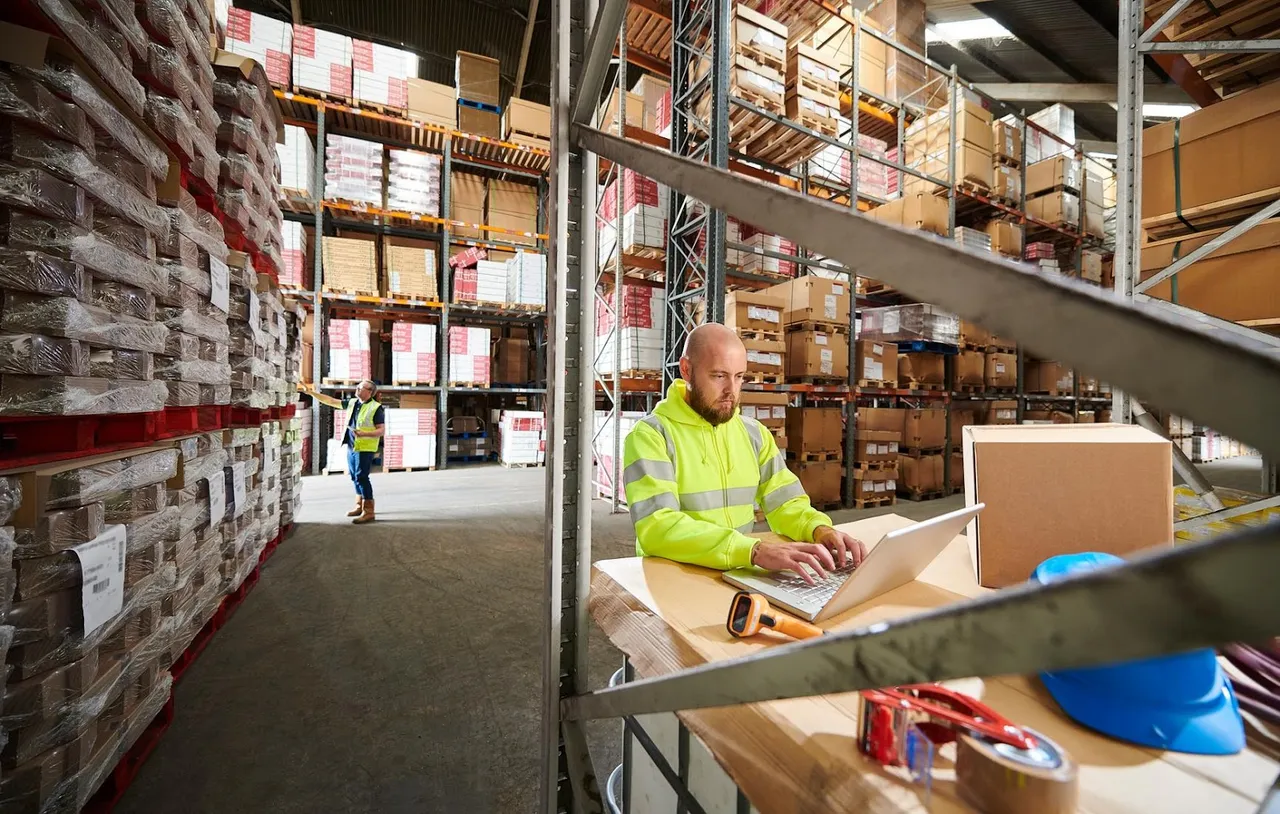
Automation is key to scaling. Whether you’re expanding into new markets, adding product lines, or dealing with seasonal surges, automated shipping workflows help you: ✔ Handle increased order volumes without hiring more staff
✔ Offer multiple shipping methods (standard, expedited, international)
✔ Sync inventory in real-time across warehouses or suppliers
3. What Can You Automate in Your Shopify Fulfillment Process?

a) Order Routing
Automatically assign orders to the correct warehouse or fulfillment center based on: ✔ Product type
✔ Inventory location
✔ Customer destination
📌 Example: Orders from the West Coast get routed to a California warehouse, while East Coast orders go to a New York location.
b) Shipping Label Generation
Auto-generate and print shipping labels based on pre-set rules: ✔ Carrier selection (USPS, FedEx, UPS, etc.)
✔ Weight and package dimensions
✔ Customer-selected shipping speed
Apps like Shopify Shipping and Shippo simplify this process directly from your admin dashboard.
c) Tracking and Notifications
Send automated: ✔ Shipment tracking emails
✔ SMS notifications
✔ Order status updates
These communications keep customers informed without requiring your intervention.
d) Inventory Syncing
Use automation to: ✔ Update stock levels in real time
✔ Avoid overselling
✔ Automatically remove out-of-stock items from your storefront
Apps like Inventory Planner and Stocky (by Shopify) help you manage demand forecasting and prevent inventory mishaps.
4. Best Apps for Shipping and Fulfillment Automation on Shopify
a) ShipStation
✔ Multi-carrier shipping and automation rules
✔ Bulk label printing and packing slips
✔ Custom workflows for routing, packaging, and more
Ideal For: Medium to large stores handling high order volume.
b) ShipBob
✔ Warehousing and 2-day shipping capabilities
✔ Shopify integration for real-time updates
✔ Order fulfillment automation with global reach
Ideal For: Brands seeking full 3PL services with built-in automation.
c) EasyShip
✔ Offers 250+ shipping solutions
✔ Real-time rate calculations
✔ Automated taxes, duties, and shipping label generation
Ideal For: International sellers needing automation with flexibility.
d) AfterShip
✔ Shipment tracking and customer notifications
✔ Branded tracking pages
✔ Order analytics dashboard
Ideal For: Enhancing post-purchase experience and customer retention.
5. How to Set Up Automation Workflows in Shopify

Here’s a step-by-step outline:
-
Audit Your Fulfillment Process: Identify repetitive tasks that can be automated.
-
Choose Your Apps: Select tools that integrate directly with Shopify and align with your business size.
-
Define Automation Rules: Set criteria such as shipping zones, carriers, and packaging types.
-
Test Your Workflows: Before going live, test automation rules on sample orders.
-
Monitor and Optimize: Use analytics to assess performance and fine-tune settings as needed.
📌 Tip: Start small by automating one part of your process (e.g., shipping labels) and expand over time.
6. Common Challenges and How to Avoid Them
✔ Over-Automation: Automating every process without review can lead to errors. Always maintain manual oversight options.
✔ Lack of Testing: Unverified automation rules can cause delays or wrong shipments. Test thoroughly.
✔ App Overload: Using too many overlapping apps can slow down your store and create conflicts. Choose all-in-one solutions where possible.
Conclusion
Automating shipping and fulfillment on Shopify isn’t just a luxury—it’s a necessity for any e-commerce brand aiming to scale efficiently. From saving time and money to enhancing customer satisfaction, automation transforms how you manage logistics, helping you stay competitive in an increasingly fast-paced online market.
💡 Start small, measure impact, and scale your automation intelligently. When done right, automated fulfillment can become one of your most powerful growth tools.

